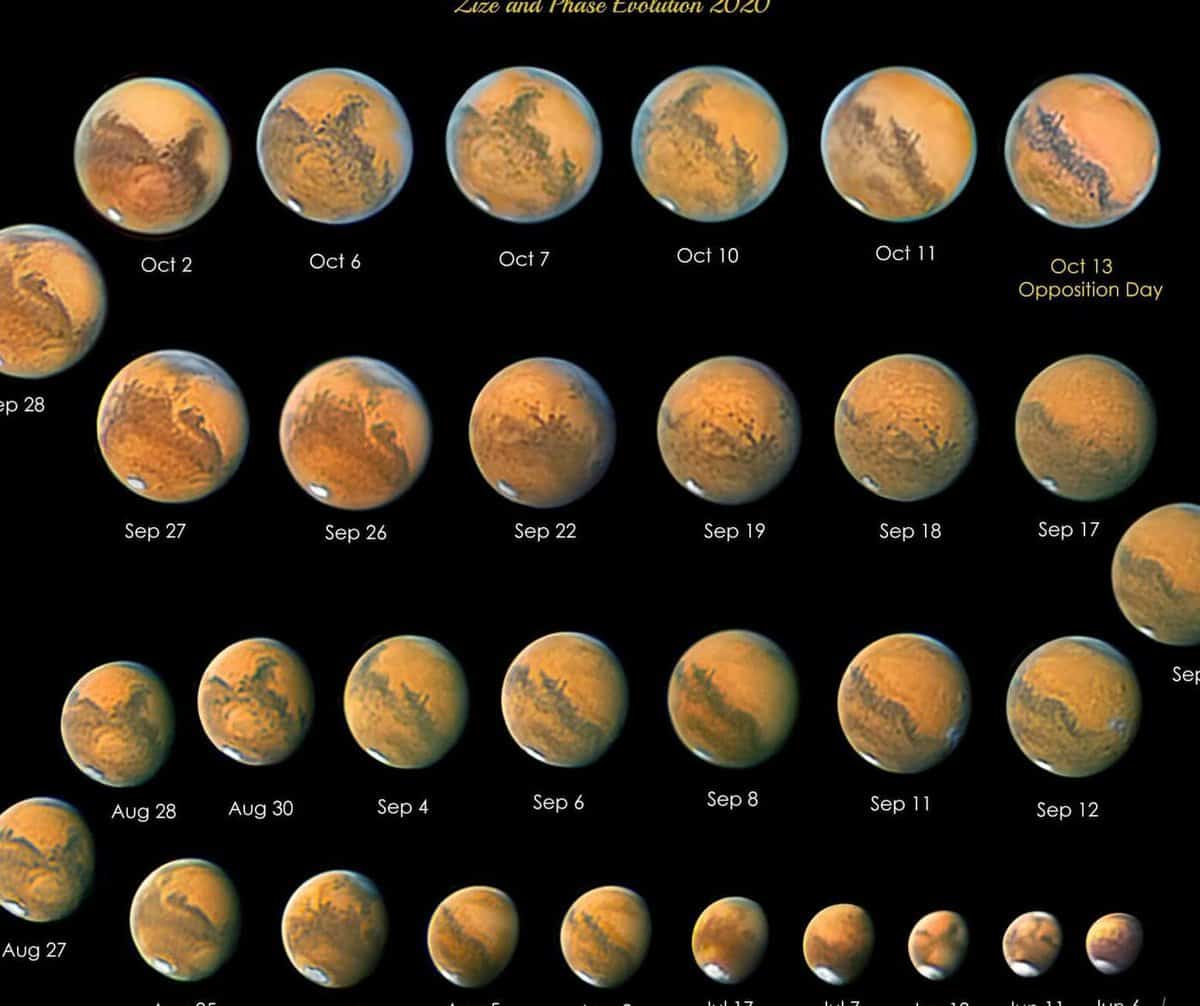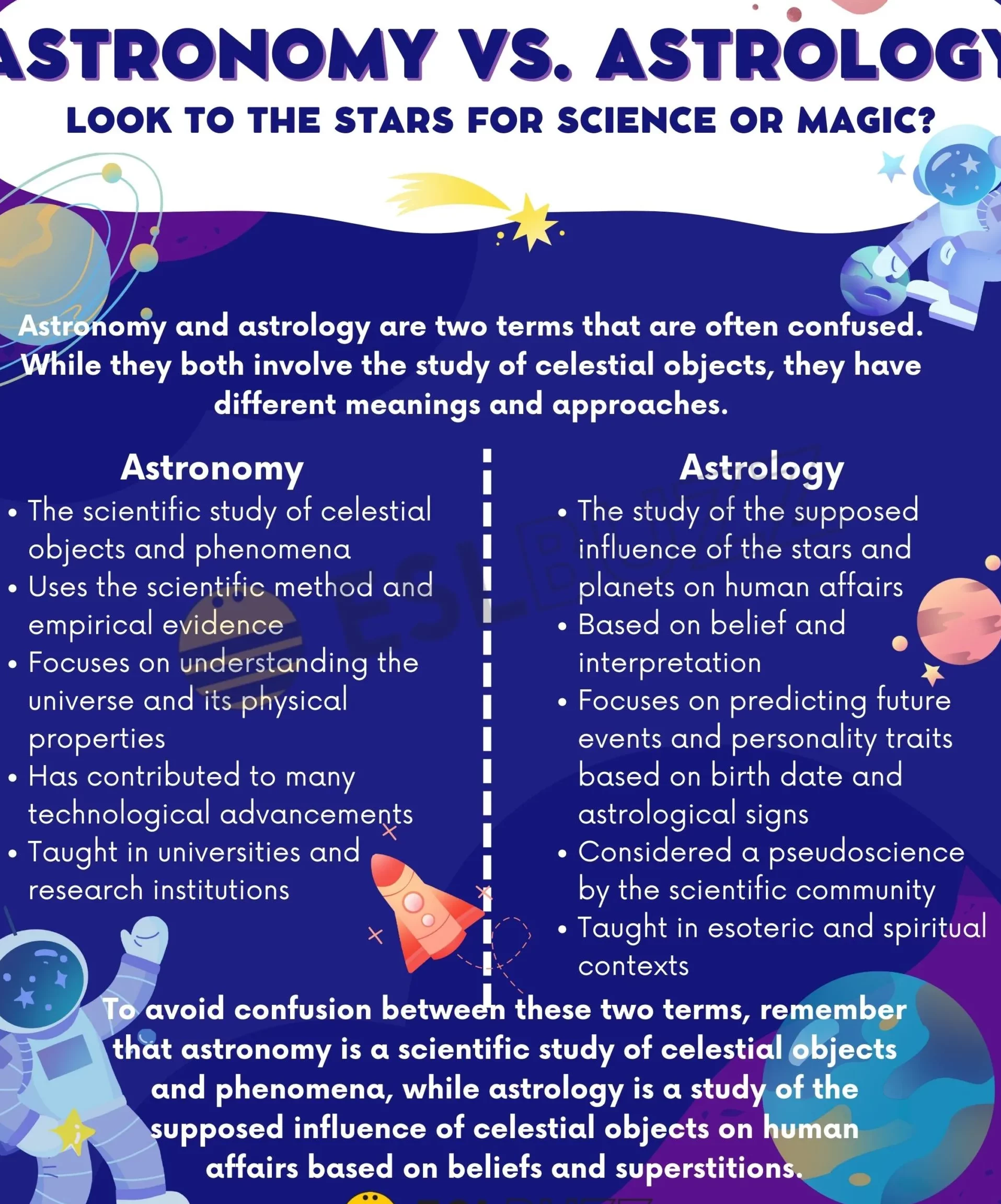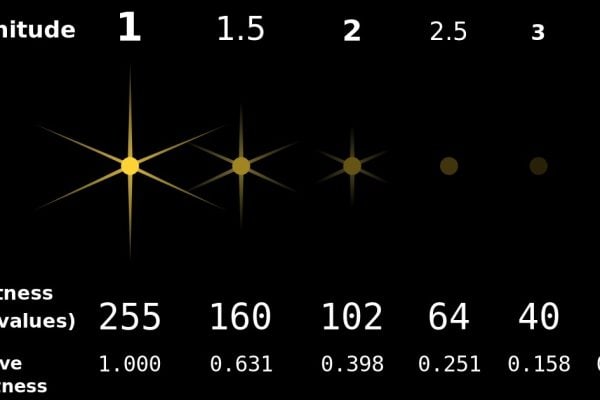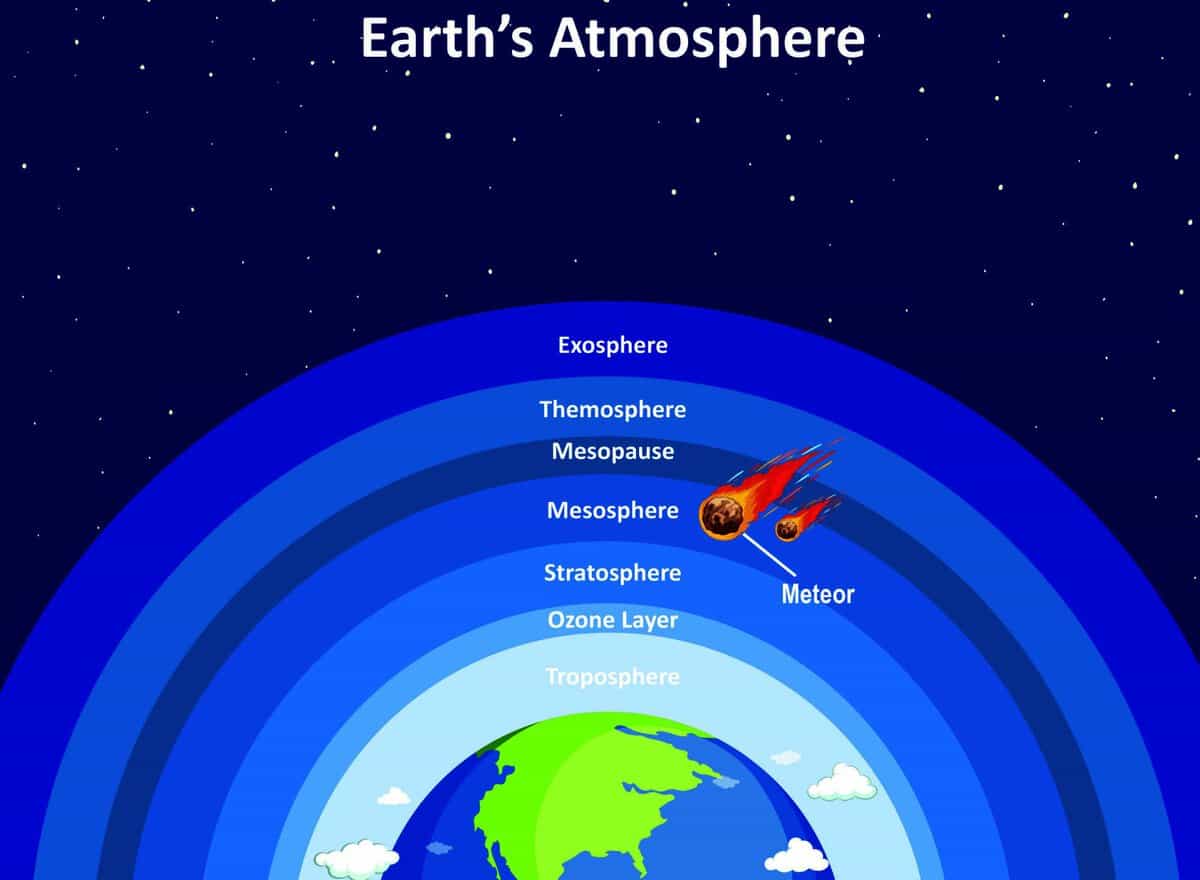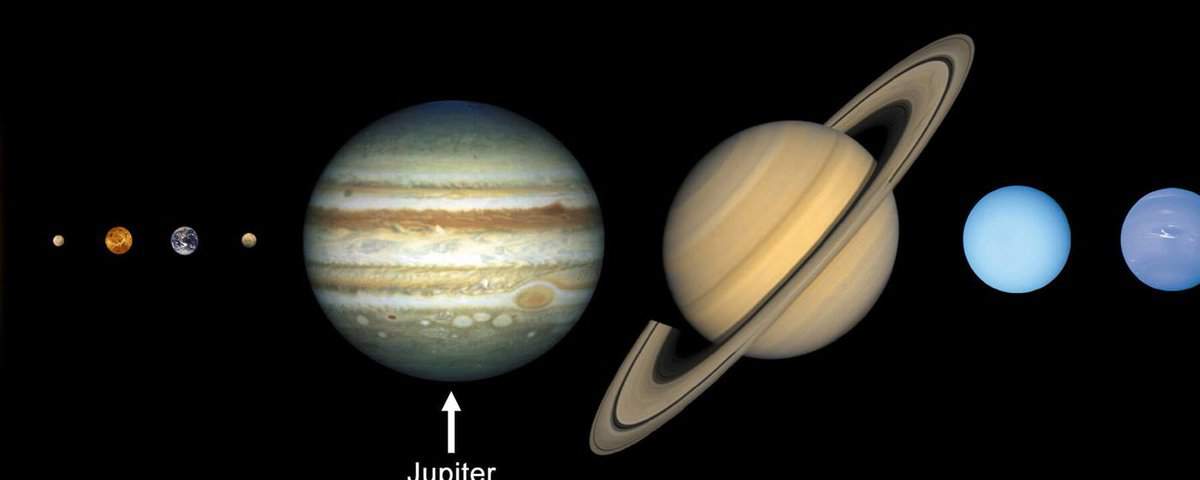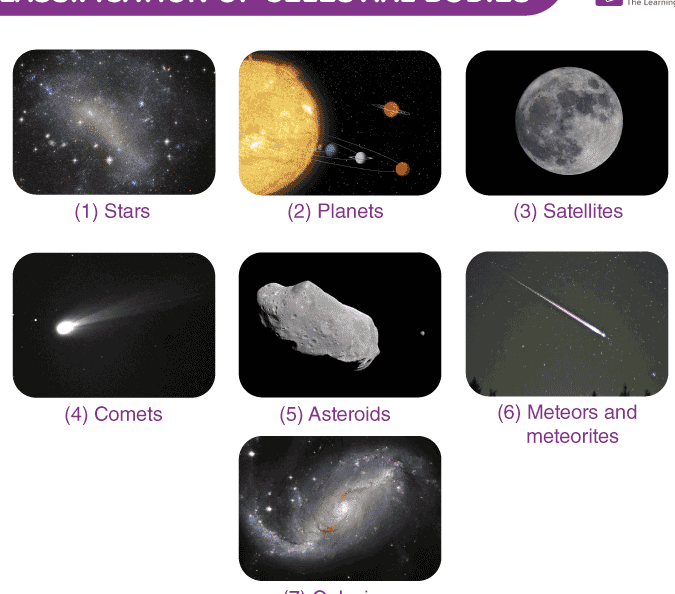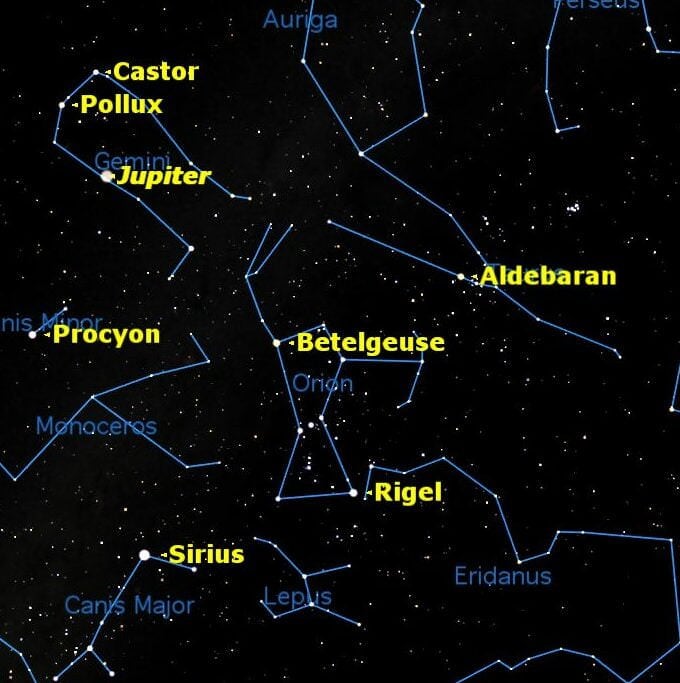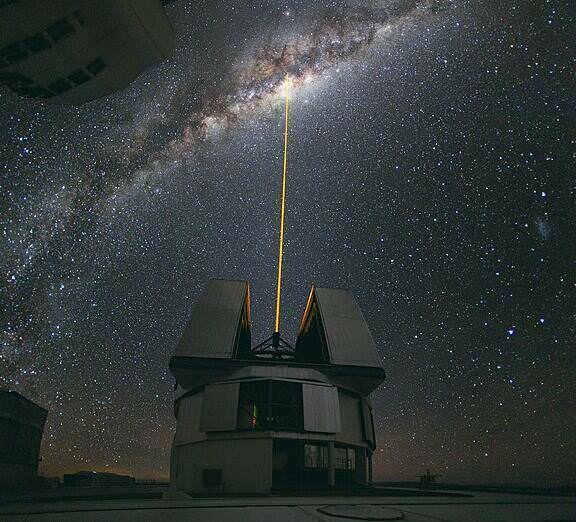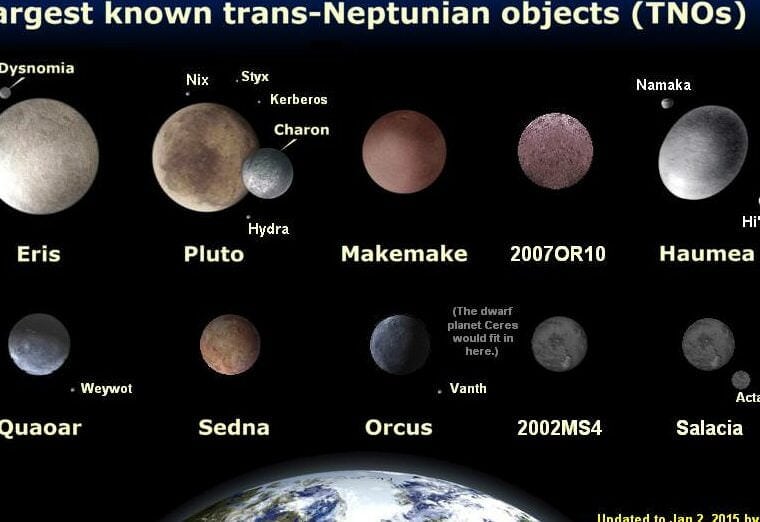
Examples of objects in the group of dwarf planets
The term “dwarf planet” was officially introduced in 2006 following the discovery of planets larger than Pluto outside the orbit of Neptune. Since then, numerous celestial bodies in our solar system have been classified as dwarf planets. The idea has sparked considerable debate, particularly in relation to the classification and characteristics of Pluto. At present,…






